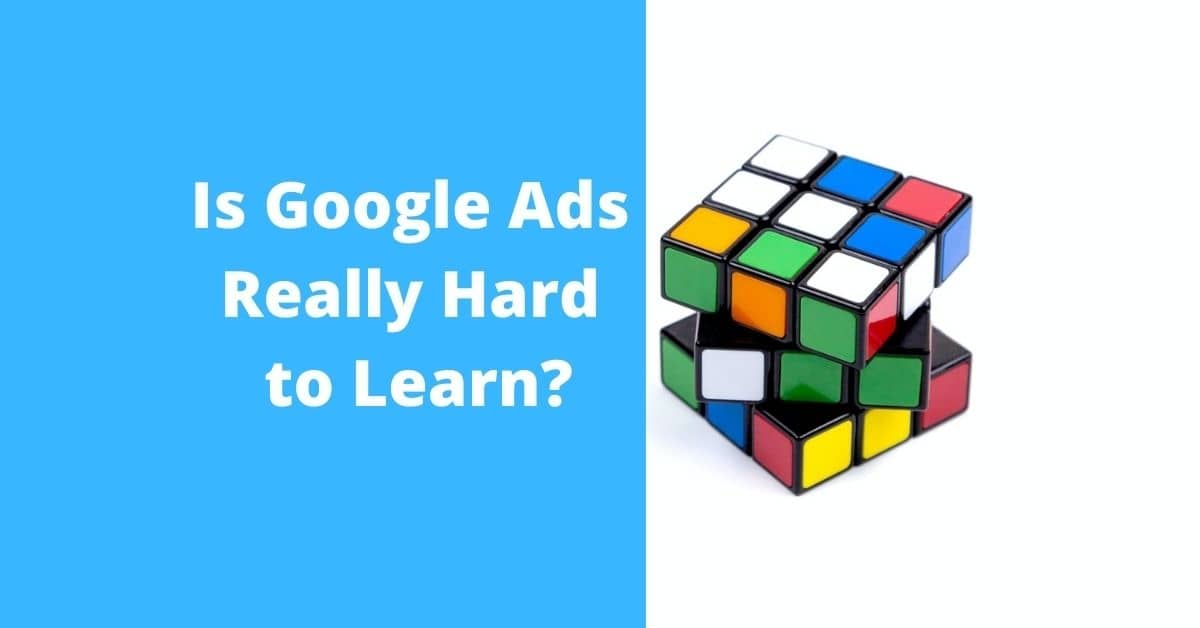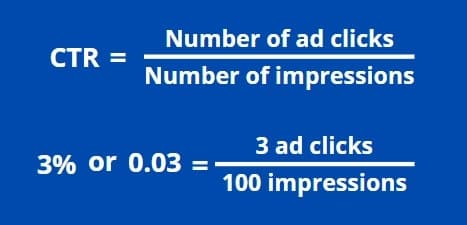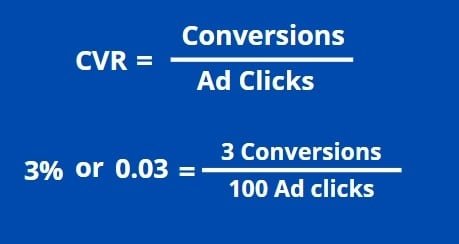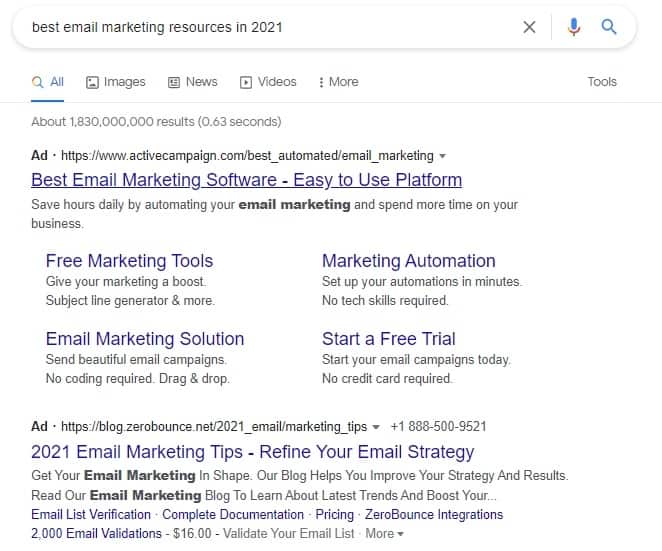Is Google Ads Really Hard to Learn? (The Recipe to Success)

I once heard someone ask this question. “If it was guaranteed that you would not lose or fail, would you do it?” No one likes to lose money. No one likes to fail either.
It is this fear that has kept people from learning and succeeding at Google Ads. Failure has discouraged others who have tried once.
People do not fear what they know and are sure about. They only fear what they do not know will happen. So, I will ask you. If I guaranteed your success in running ads on Google, would you go for it?
Absolutely! Google is a goldmine. With over 4.8 billion daily interactions and 259 million unique visitors, you can mount your business and products on a platform where the whole world can see you. That is not something that anyone wants to pass up.
In this article, we will discuss, reveal, and demolish the myths about Google Ads and how you can have your ads yield more returns on investment than you imagined.
Let’s dive in!
A Quick Peek into What Google Ads are.
Google (the search engine) has been around for over two decades. It specializes in giving answers to millions of people with questions every second.
If you got a new dishwasher and you couldn’t get the hang of it, you can find an answer just by typing a few words into the Google search box.
With this new opportunity, Google launched its paid advertising platform. It was called Google AdWords. However, in 2018, Google rebranded and renamed it Google Ads.
Google Ads uses the pay-per-click (PPC) marketing system to help business owners who wanted to present their solutions to online searchers.
When a search is made on Google, ads and websites that match the searcher’s intent are displayed on the search results. This way, businesses can drive more traffic to their websites. They can also get more phone calls or get more local business flowing in.
What makes Google Ads very advantageous for business owners is that you can tailor your ad to suit your budget. Google works with your budget to show your products and services to your ideal customers.
The Google Ads Dilemma: Easy or Difficult?

A lot of people and companies have made fortunes from reaching out to their potential customers using Google ads. Some others have lost lots of money from the same process.
Contrary to some opinions and experiences, Google Ads is not a game of luck. The one thing that differentiates the winners from the losers on the platform is the mastery of all the elements of running successful ads.
The Google ads platform itself is straightforward and can be easily navigated. The difficulty that many marketers face stems from the other details that are involved in creating the ad.
As a business owner, you want to understand all the parts and components of your ad. From the type of campaign to run to the ad rank and conversions, the understanding of these elements is what makes your ad great.
In the next part, we will go over only a few important elements in Google ad creation process that you need to focus on to skyrocket your results.
Things to Focus on to Create Winning Ads
In learning Google Ads, more than your Ad account management, these components are what you need to learn to be successful in Google ads. Learning the Google Ads interface and how to navigate it is just the first step.
To make your Google Ads journey easier and to get better results, learning these elements is fundamental. The elements are the things you need to know and understand before you start running your Google Ads campaign. They include:
Click-Through Rate (CTR)
Your click-through rate is not something that you only need to bother about after your ad is up and running. Your click-through rate is the first metric that will show your winning potential.
Your CTR is the ratio of the number of ad clicks that you get to the number of ad impressions (the number of people who see your ad). It is measured in percentage. Therefore, if 100 people see your ad and only 3 people click on it, you have a 3% click-through rate.

A high click-through rate signifies a catchy headline, relevant targeting and quality keywords that match search intent. The CTR of an ad will also greatly impact the cost per click (CPC), the quality score, and the ad rank.
Your aim as a business owner and marketer is to have a higher click-through rate than your industry average.
Conversion Rate (CVR)
Your conversion rate is the ratio of the number of people who take action on your offer to the number of people who click on your ads.
So, if 100 people click your ad and only 3 people take specific actions you want, you have a 3% conversion rate (CVR).

Your conversions are more important to you than your click-through rate. While your CTR can greatly affect your conversions, you should aim to have a higher conversion rate than having a higher click-through rate with little or no conversion.
If you do not have leads, you cannot have conversions. The more leads you also have, the more conversions you can have.
However, you are not looking to have a great CTR and then have a low conversion rate. The relevance and quality of your ad copy influence your click-through rate and in turn your conversion rate.
Ad Rank
Ad Rank is the ranking metric used by Google ads to show the best performing ads on top of the search results page. Let me make it clearer.
When someone makes a search query that triggers a keyword that you are targeting, several ads and websites will appear on the search engine results page (SERP). Google then compares the competing ads for a given query by their Ad Rank and positions them accordingly. That means ads with higher Ad Rank are given higher positions.
For example:
Let’s say hypothetically Ad-1 has an ad rank of 8.7 and Ad-2 has an ad rank of 9.3. Here, Ad-2 is given the first position and Ad-1 is given the second position.
Like all the other elements of your ad, the ad rank is interconnected with metrics such as your actual cost per click (CPC), your quality score (QS), and your conversion rate (CVR).
While most formulas for calculating ad rank do not show you a real-time value, you can estimate your ad rank by checking the performance of all the interrelated metrics.
Keywords
Imagine that you are looking for the best place to get email marketing resources. When you pick up your phone, you write “best email marketing resources in 2021”. Immediately, search results having ‘email’, ‘resources’, and ‘marketing’ show up.

Hold that thought. If you had searched for “home appliance care”, the results for email marketing would not appear. Why?
Keywords! Keywords match or align with the searcher’s intent. Advertisers add keywords that target their ideal searcher’s intent.
You generating high-quality keywords would require deep research into what exactly your ideal client is searching for. It would also require finding out keywords that are already working.
You can also input negative keywords to tell the algorithm when you do not want to appear on the search results. For example, a high-quality phone salesman would want to avoid showing up for keywords like ‘cheap phones near me.
Negative keywords are related to your offer but they are not exactly what you want to rank for. It is a great way of exclusively targeting your ideal clients.
Quality Score
In short, your success in Google ads depends on this metric.
The quality score of your ad is the overall quality of your ad on a scale of 1 to 10. On this scale, 1 represents the lowest quality and 10 represents the highest quality.
The quality score of an ad is defined or calculated using three metrics. They include your ad relevance, your expected click-through rate, and your overall landing page experience.
Your ad quality score plays a huge role in your ad rank and your cost per click. The higher your quality score, the lesser you are billed to auction for your keywords. A higher-quality score also translates to a higher ad rank.
To learn more about this metric check out these articles.
Costs per Click (CPC)
The term cost per click can also be described as cost of bidding. This method of calculation allows Google users and advertisers to decide how much that they are willing to spend for each click on their ad.
Google gives better placements to ads that are willing to pay higher. Also, your cost per click can also be impacted by your quality score.
Because there is no maximum CPC level, the competition to bid for high-converting and lucrative keywords is high. However, with specific keywords and a high-quality score, your ad is preferred to be shown regardless of your bidding.
Campaign Type

In Google ads, depending on your marketing goal and industry you can run several campaigns:
- Search
- Display
- Video
- Shopping
- App
Those are some of the most common ones. They can also be much more specific for certain industries and businesses like Hotels or Local businesses.
Your campaign type should be suited for your audience type.
Additionally, specific keywords should also be targeted to reduce enormous costs and unnecessary clicks and in turn, increase your ad rank and quality score.
Conclusion
These were a few but important things to focus on inside the Google ads platform. If you master them, you are pretty much ahead of the 95% PPC gurus out there.
As you see, Google Ads is not difficult to learn. As long as you understand and focus on the important stuff.
Regardless of Google’s innovations from time to time, these principles that qualify winning ads will always work with your Pay-per-click ads. If this has been the roadblock that has held you back from running winning ads, it has been moved… It’s going time!
If you need my help in your PPC campaign management, reach out to me through the Contact page.

